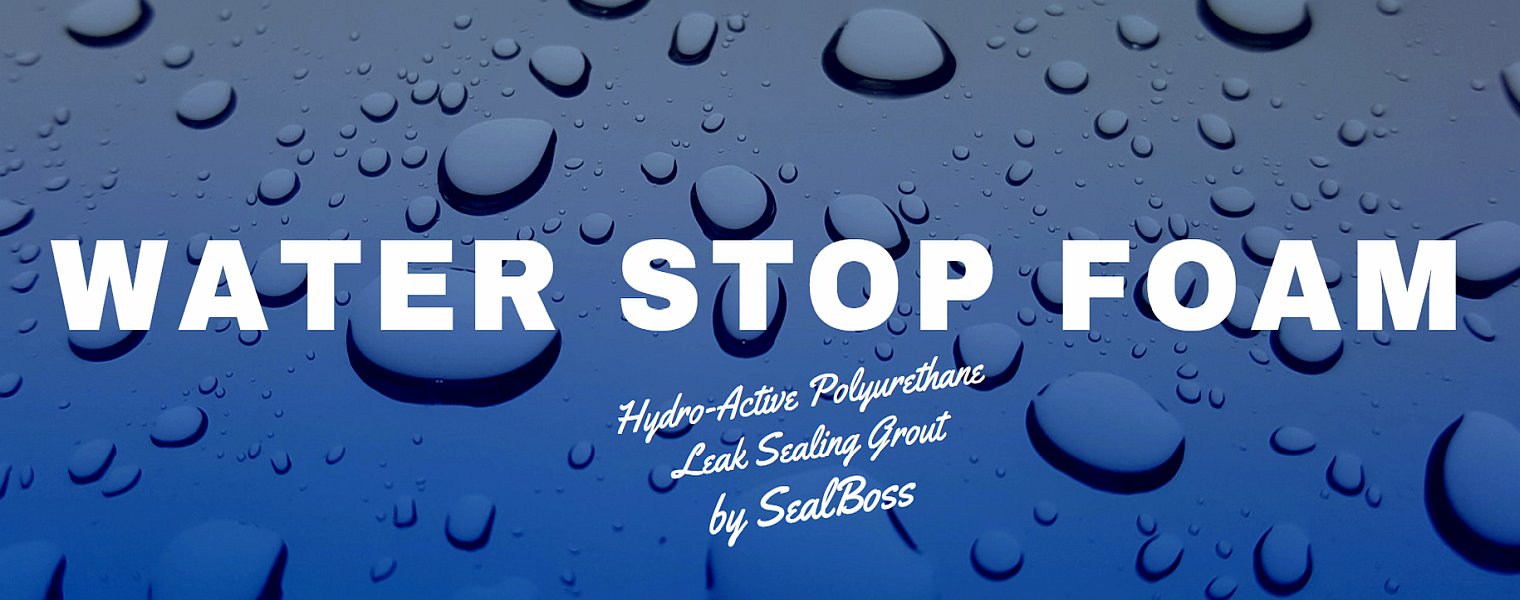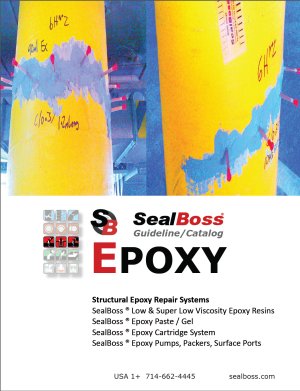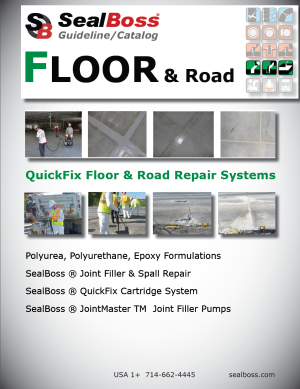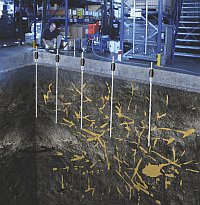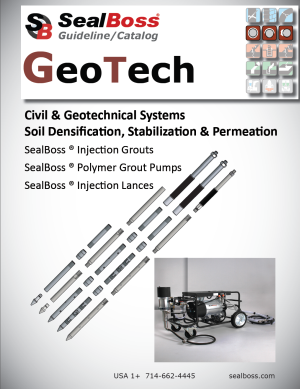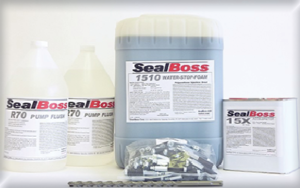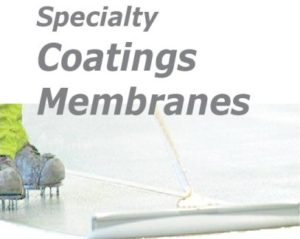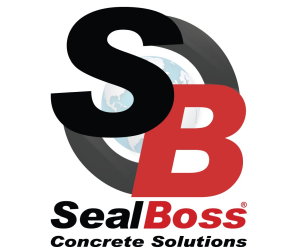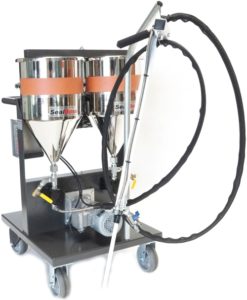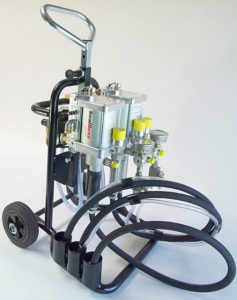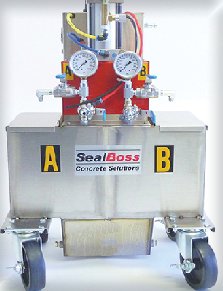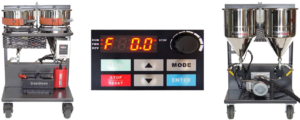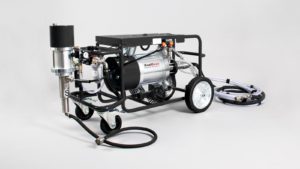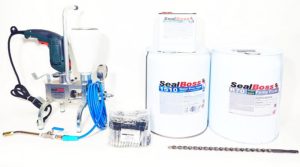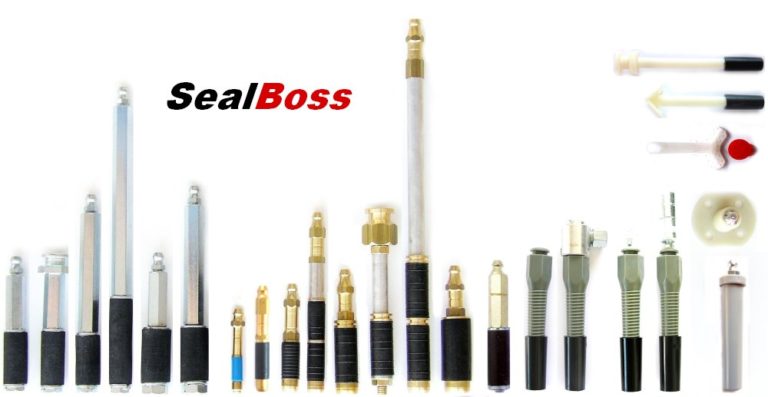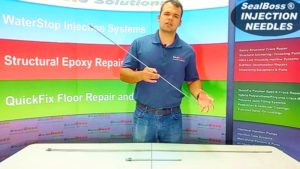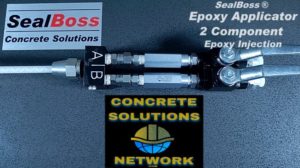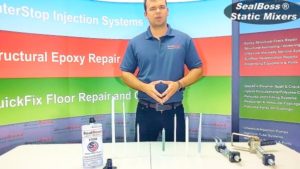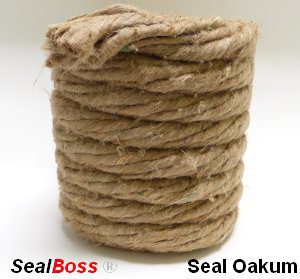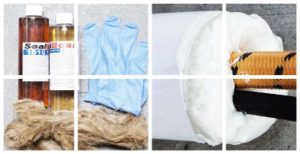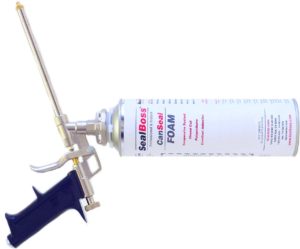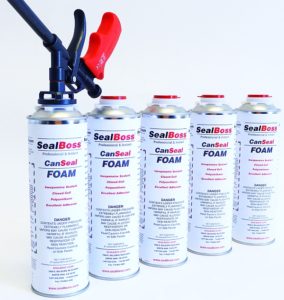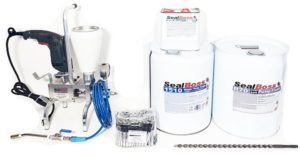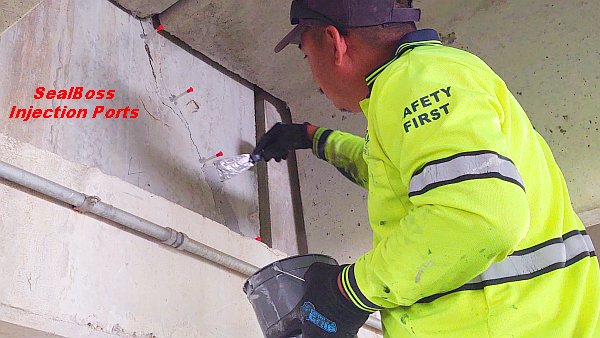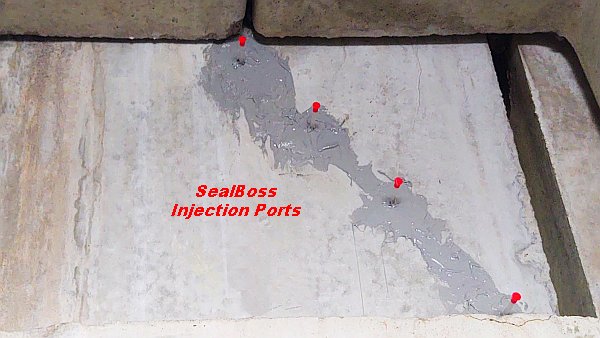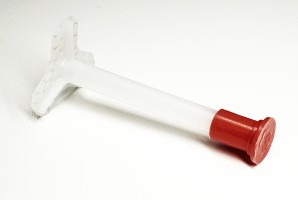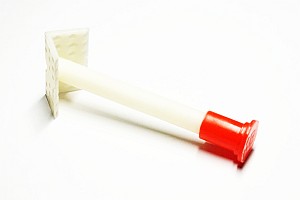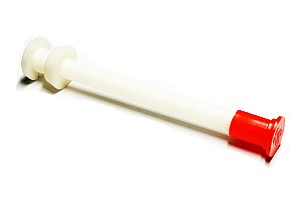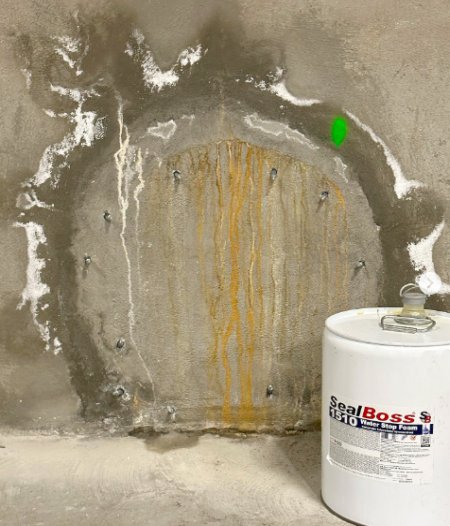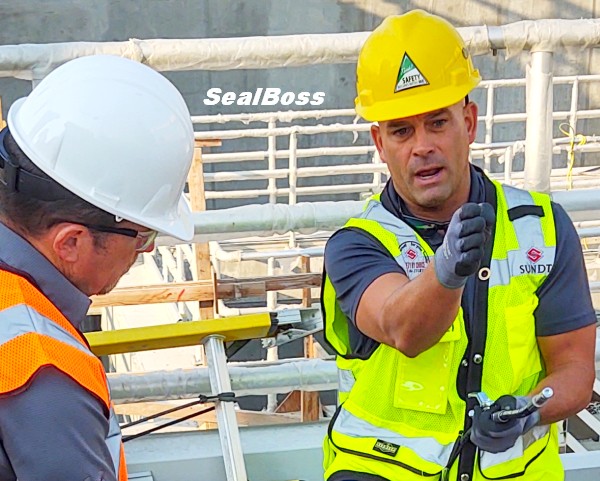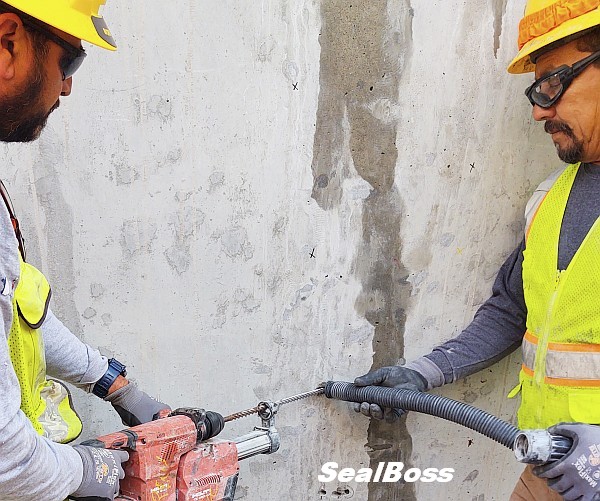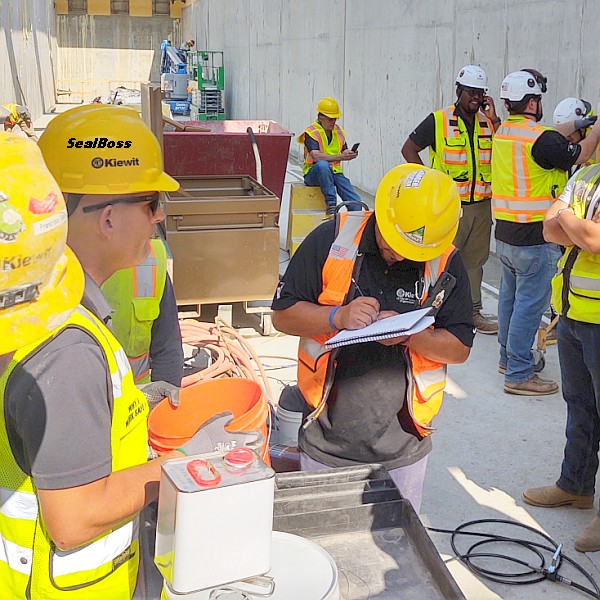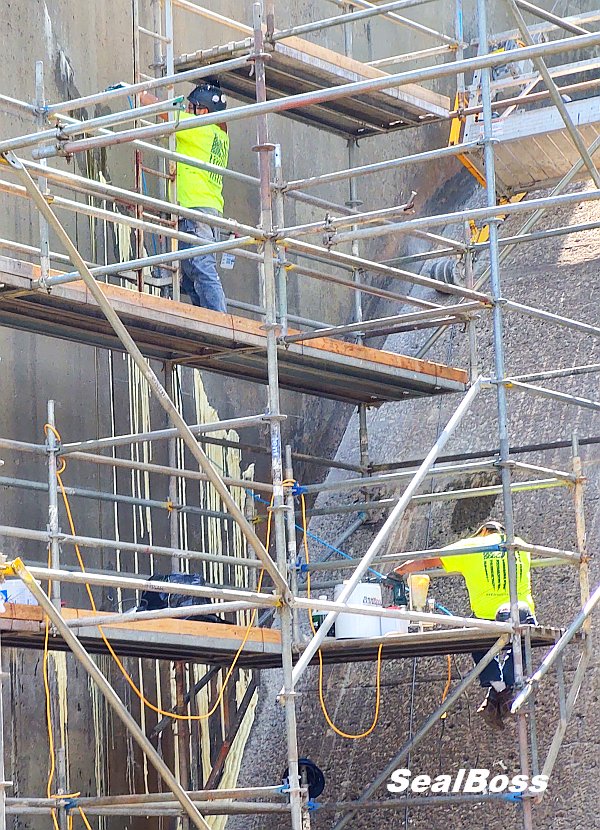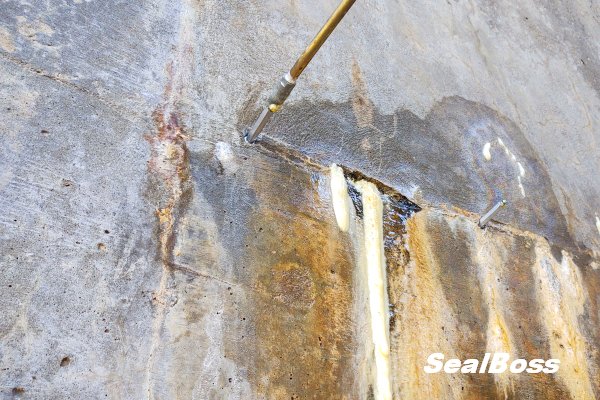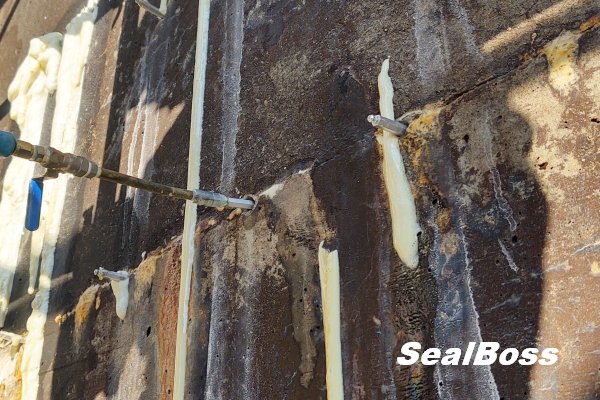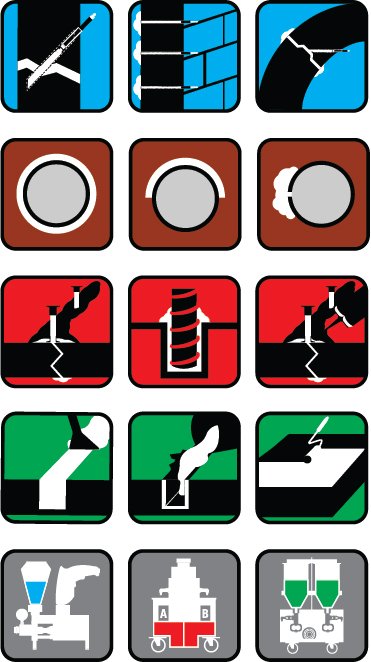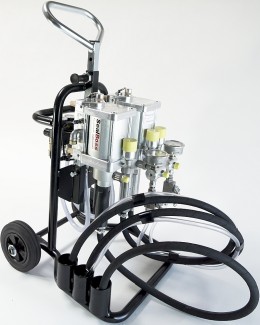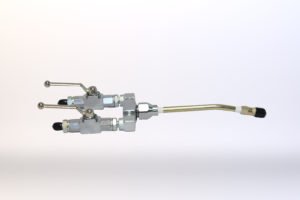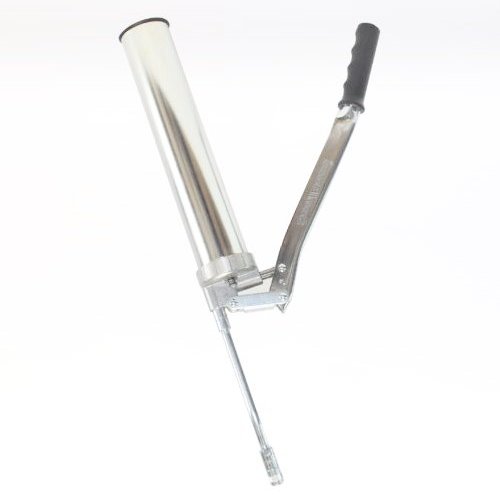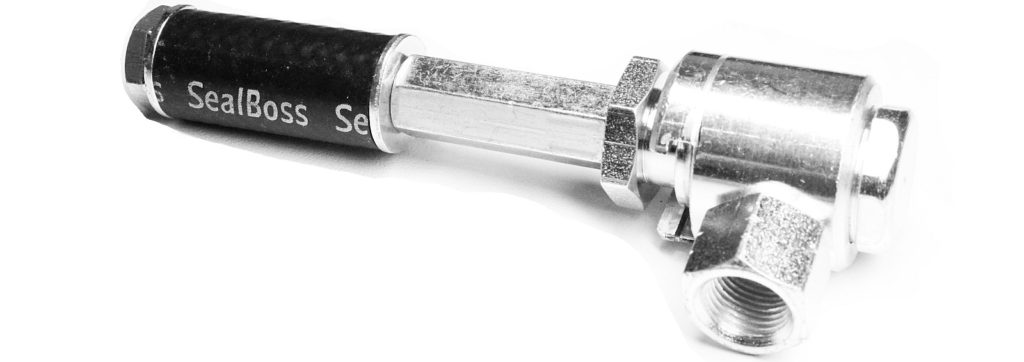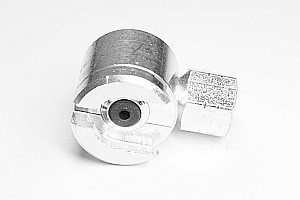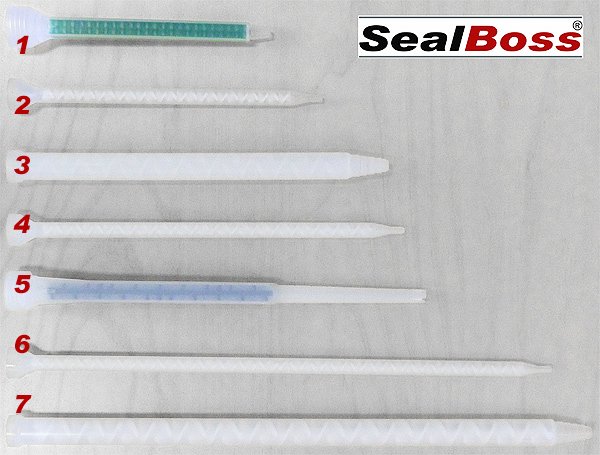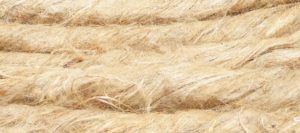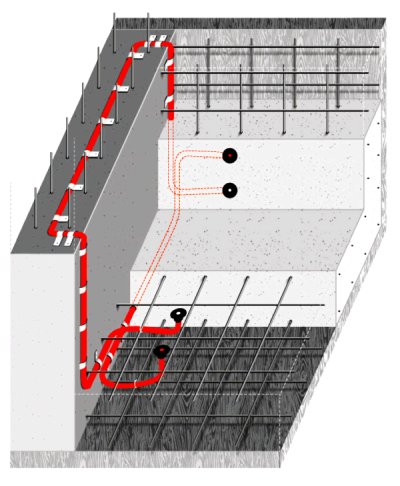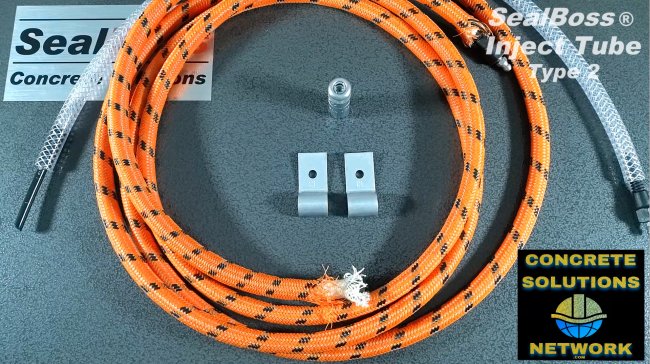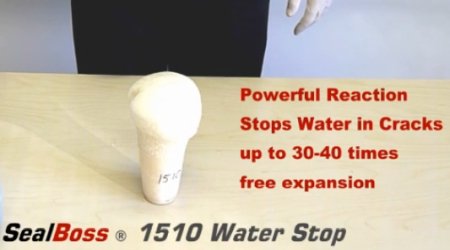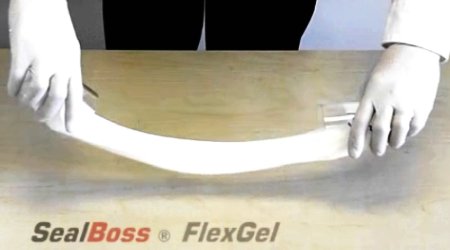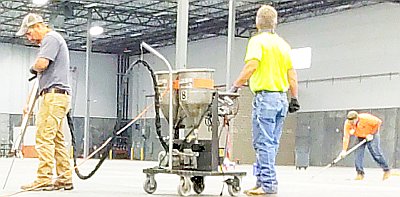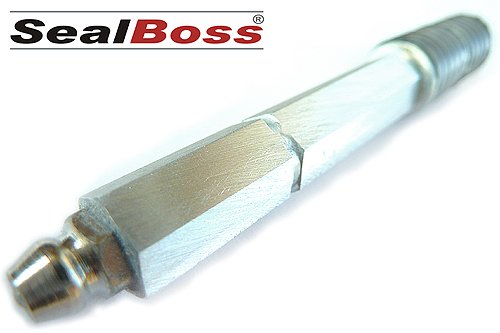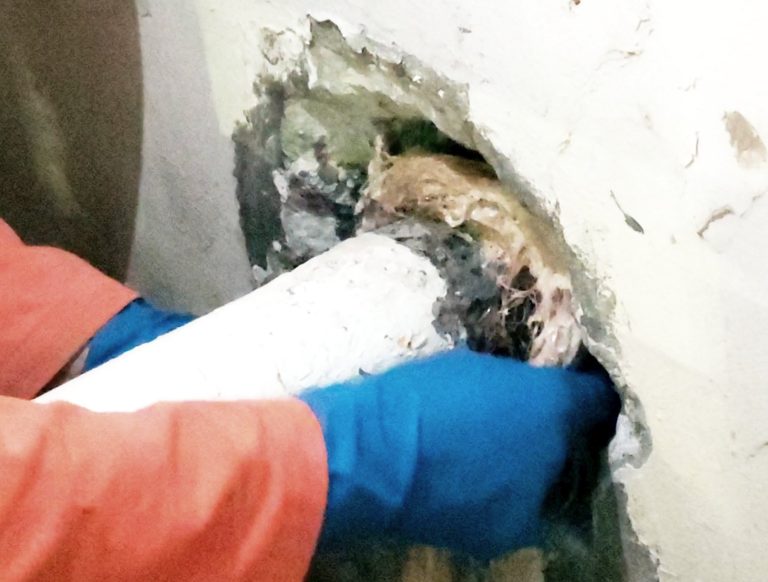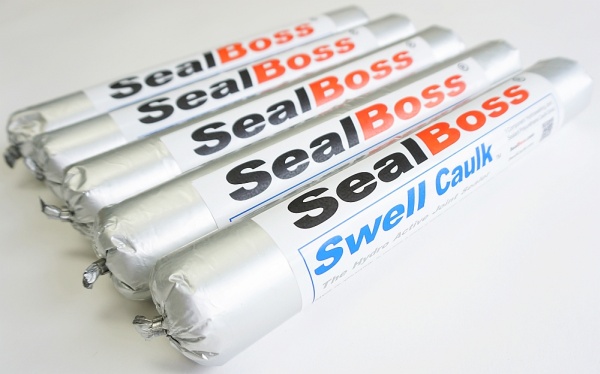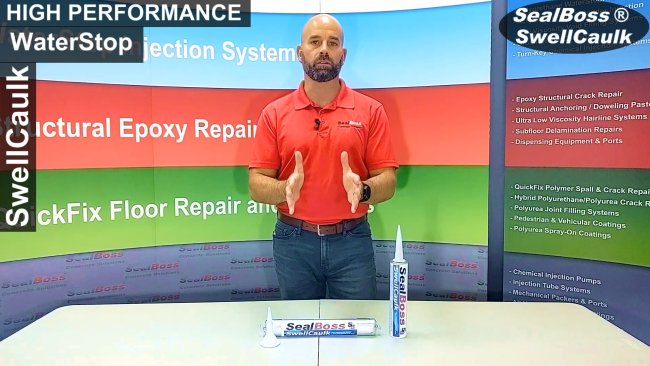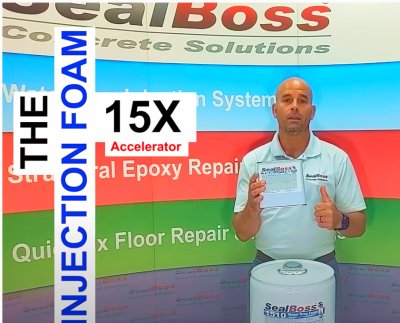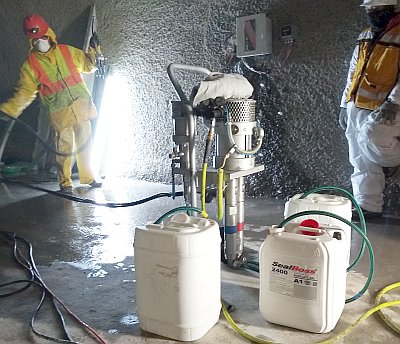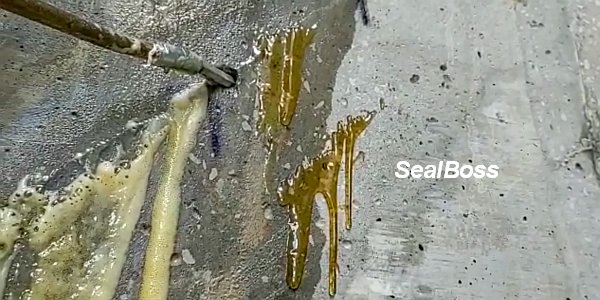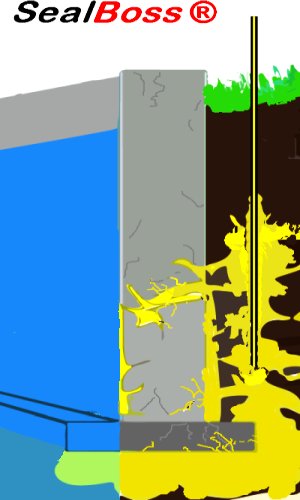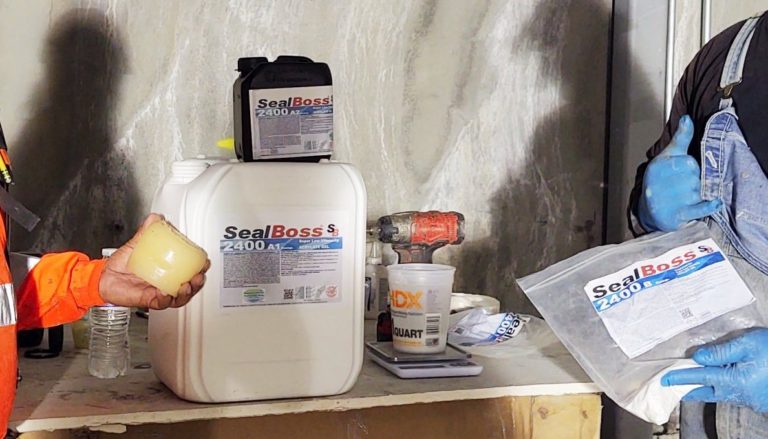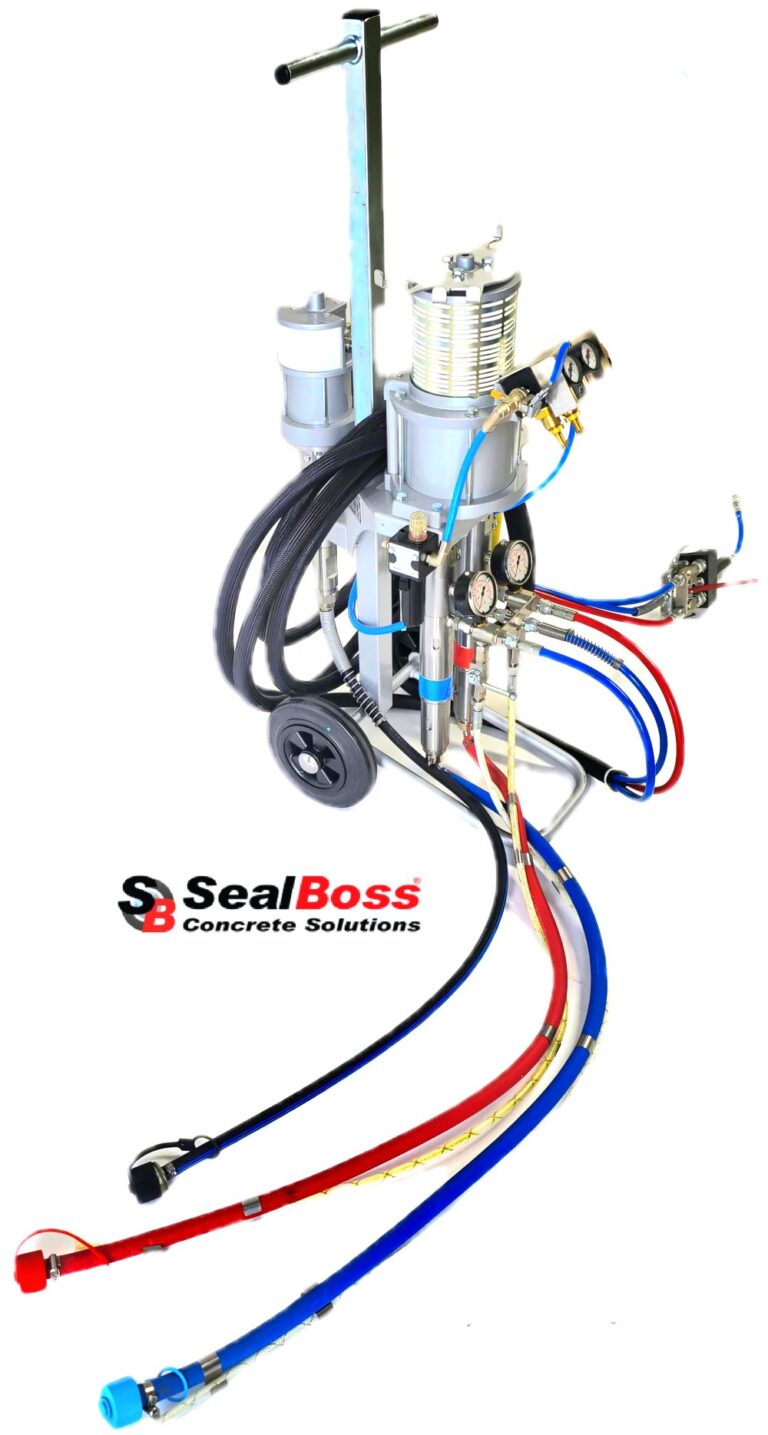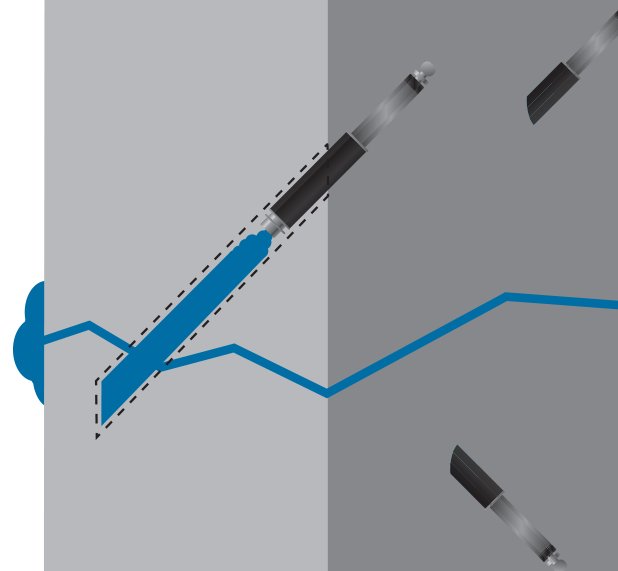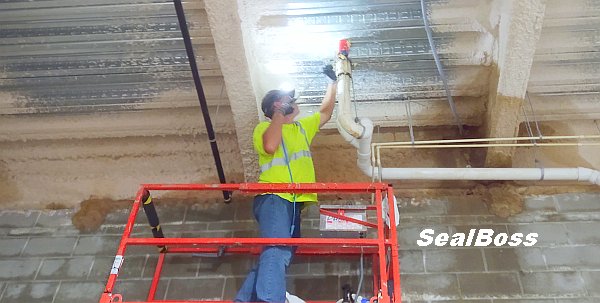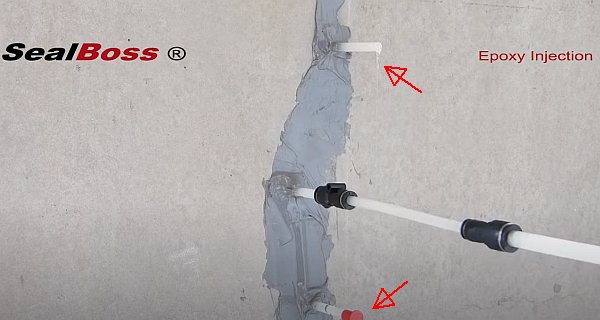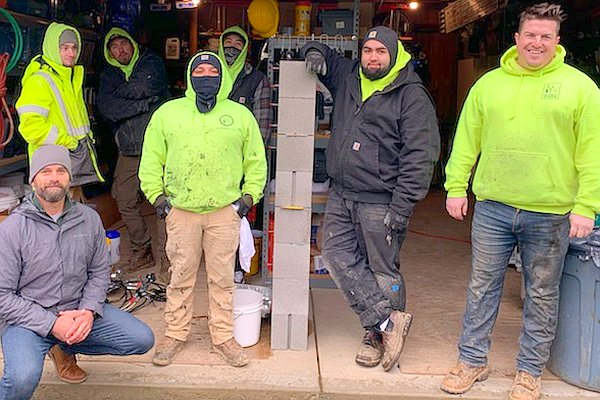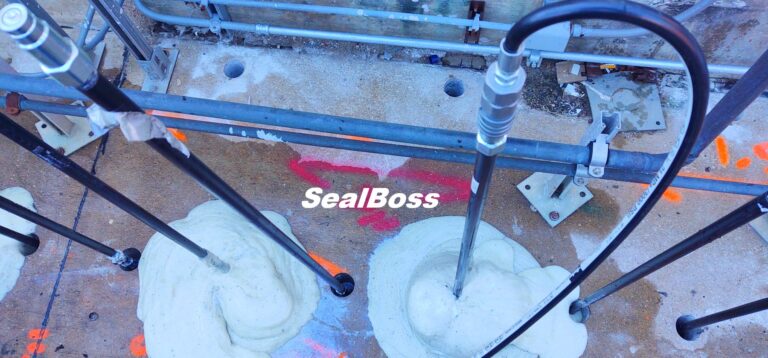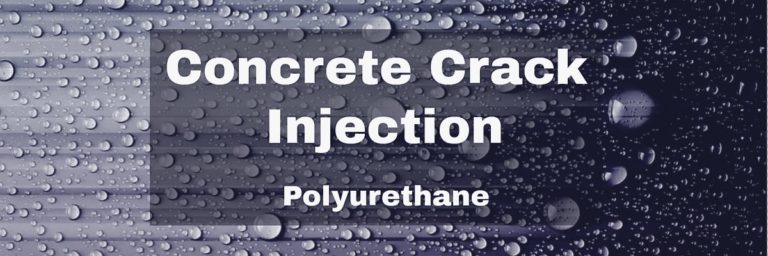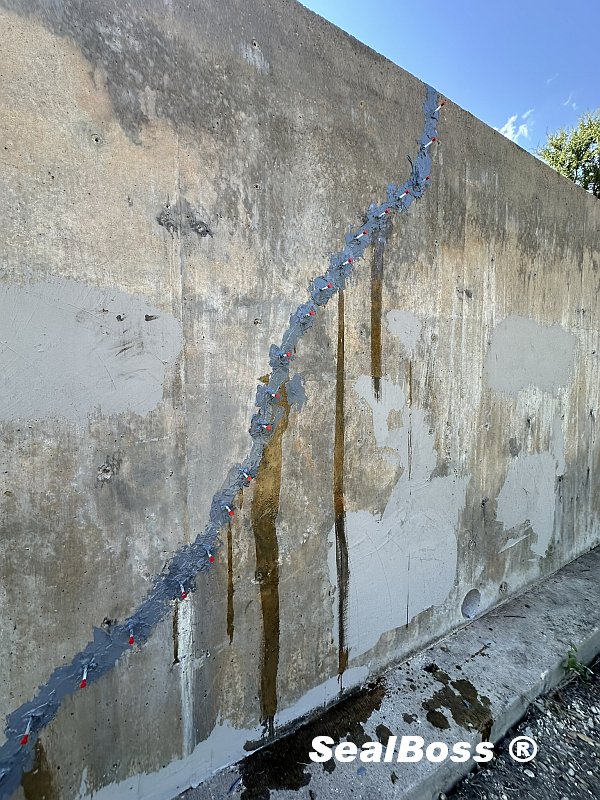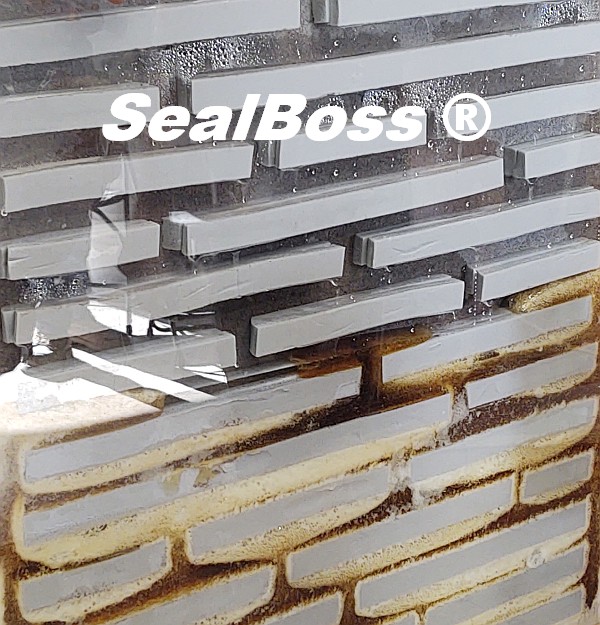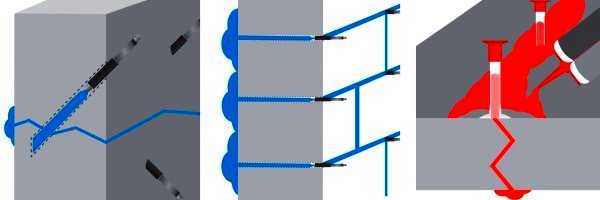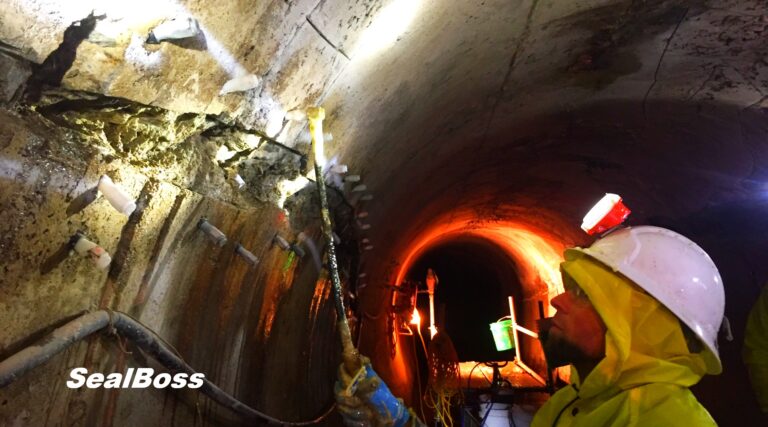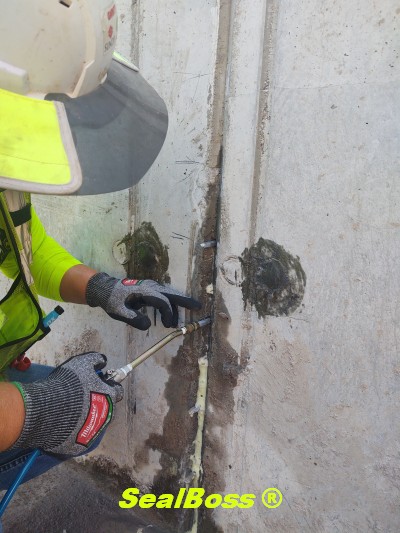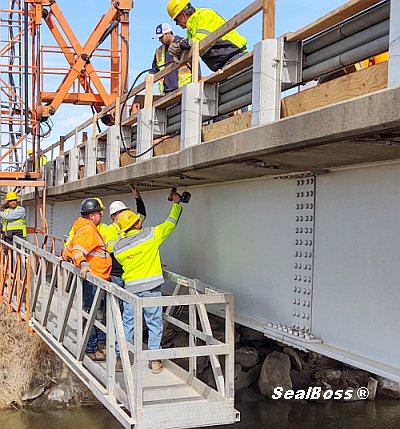Manhole Repair – Leak Sealing Injection
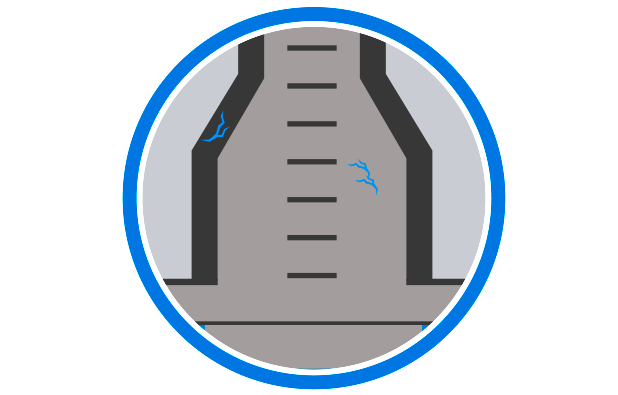
Manhole Repair
Leak Sealing Injection
Manhole Repair Systems
SealBoss provides comprehensive system solutions aimed at rehabilitating manholes and repairing leaks, effectively sealing water leaks occurring via cracks, joints, and annular pipe intrusions. Leveraging our repair systems allows for a considerable extension of a manhole structure’s service life, all the while maintaining cost-effectiveness.
Addressing Manhole Damages and Blockages through Inspections and Repairs
Mitigating Infiltration and Inflow (I/I) in Manholes
Manholes are frequently subjected to I/I, which manifests as infiltration through cracks and joints, and inflow of groundwater. These occurrences can significantly elevate treatment costs and contribute to environmental pollution. Furthermore, they may trigger soil and groundwater contamination, sinkholes, and damage to roads and structures.
To prevent and correct these issues, it is crucial to conduct regular inspections and necessary repairs on manholes.
SealBoss provides a selection of cost-effective systems designed to repair manholes, successfully addressing typical and common forms of damage.
If left untreated, deteriorating and leaking manholes can result in substantial, highly expensive damage to both the environment and infrastructure.
Understanding Sanitary Sewer Overflows (SSOs)
Sanitary sewer overflows (SSOs) represent a pressing environmental and public health issue. These overflows, saturated with untreated sewage, act as conduits for bacteria, viruses, and other pathogens.
At times, sanitary sewers may inadvertently discharge untreated sewage, leading to what’s termed as an SSO. Such overflows can not only taint our water sources, resulting in significant water quality degradation but also backflow into residential areas. This not only damages property but also poses a substantial health risk to the public.
Factors Leading to SSOs:
- Blockages in the sewer lines
- Ruptures or breaks in the sewer lines
- Structural defects that permit storm water and groundwater to inundate the system
- Power outages affecting the sewage system’s operations.
- Flaws in the sewer system’s design
- Acts of vandalism disrupting the system
According to data from the Environmental Protection Agency (EPA) as of September 2023, it’s estimated that the U.S. experiences between 23,000 to 75,000 SSO incidents annually. This figure excludes sewage backups into buildings, underscoring the gravity of the issue.
Identifying Common Manhole Failure Causes
Several common causes of manhole failure include:
- Infiltration via precast joints
- Leakage from precast manhole rings
- Groundwater intrusion through cracks
- Infiltration via mortar joints
- Cracks resulting from shifting soil, traffic load, or soil expansion
- Fissures due to micro-biological corrosion
Manhole Repair Using Injection Grout
Addressing Different Types of Manholes – Brick, Precast and Combination Manholes
SealBoss Injection Systems are designed to accommodate manholes constructed from a range of materials.
Introducing the ealBoss Seal-Oakum / Oakum Soakum Technique
e recommend having SealBoss Seal-Oakum on-site to effectively plug larger voids and joints. The Oakum Soakum Technique is explained here.
Understanding Basic Repair Procedures
Repairing Manhole Leaks through Larger Cracks and Brick Construction
Here are the steps:
- Drill through the structure to the outside of the manhole to fill any voids and crate a curtain behind the structure
- Install Injection Packers
- Prior to injection, repair wide pipe penetrations using Seal-Oakum
- Start injection at the bottom
Adressing Manhole leaks through Precast Manhole Rings / Joints
Follow these steps:
- Drill injection holes into the manhole rings approximately every 60 degrees
- Install six injection packers. In case of severe leaks, more drill holes/packers may be required
- Prior to injection, repair wide pipe penetrations and broad ring joints using Seal-Oakum
- Start injecting process from the bottom
Manhole Inspections and Preventive Maintenance – The Key to Longevity
Regular inspection of manholes is crucial to identify issues early and prevent them from escalating. Implementing a preventive maintenance program for manholes can prevent costly repairs and extend their lifespan. Regular cleaning, sealing of cracks, and routine inspections can ensure their proper function and prevent I/I.
Innovative System Solutions with SealBoss
SealBoss provides a wide-ranging selection of manhole repair solutions. This includes a variety of injection systems, water-reactive grouts, structural resins, SealBoss Seal-Oakum, along with injection packers and pumps. These tools are designed to confront a broad spectrum of manhole issues, proving their effectiveness across diverse manhole designs and construction materials.
Conclusion
Addressing the issue of manhole damage is essential for efficient sewage management, environmental preservation, and safeguarding infrastructure. Regular inspections, timely repairs, and effective maintenance procedures can help manage these concerns. At SealBoss, we provide innovative and economical solutions tailored to meet these needs.
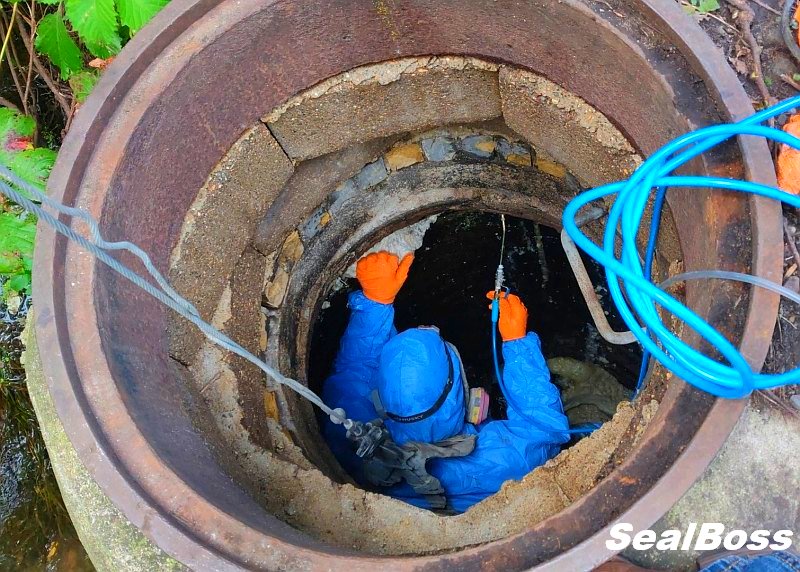
Experience Hands-On Training with SealBoss P2002 Pro Kit System
We provide comprehensive, hands-on training in the application of high-pressure polyurethane water stop foam injection, using the SealBoss P2002 single-component injection pump, or any other SealBoss Injection System specified.
The equipment and materials used in this training include SealBoss 1510 Water Stop Foam, SealBoss AL 13-100 (½”) high-pressure packers, and SealBoss Seal-Oakum.
During the training, a SealBoss technical expert will be present on-site to provide direct support to the contractor. Our primary goal is to ensure that your work crew gains confidence and comfort in using the application.
TOur training covers the full spectrum of the application process. This includes instruction on pump usage, packer installation, the detailed injection procedure, and the clean-up process. We also educate repair crews on how to apply catalyzed resin-soaked SealBoss Seal-Oakum effectively.
If you have any questions regarding manhole repair, our team of proficient SealBoss representatives is ready to assist. Feel free to contact us to schedule an on-site consultation and comprehensive training on injection systems.
Manhole Repair Crew Training


